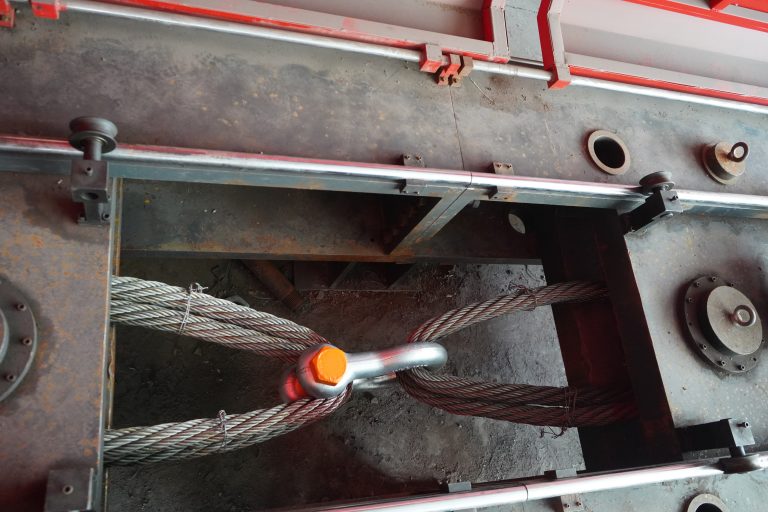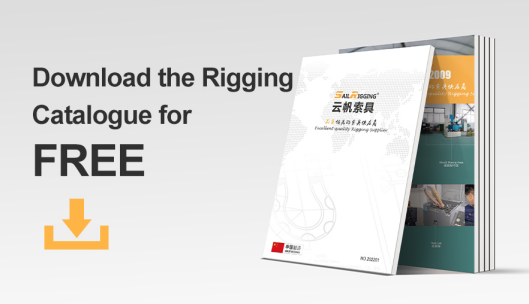In rigging industry, where safety is paramount, the reliability of rigging hardware is non-negotiable. Rigging hardware plays a vital role in lifting and securing heavy loads, making it imperative that it meets rigorous safety standards. Most of rigging hardware need to do tensile test, such as shackles, turnbuckles, eye bolt, load binder, hooks. One of the critical steps in ensuring the integrity of rigging hardware is the performance of tensile testing. In this article, we will explore why tensile testing is essential for rigging hardware and the safety benefits it provides.
What is tensile test?
Tensile testing is a procedure that subjects rigging hardware to controlled stress by applying a gradually increasing load until the hardware reaches its breaking point. This test measures the hardware’s ultimate tensile strength, yield strength, and elongation. It provides crucial data on the material’s ability to withstand tensile forces and offers insights into its overall quality and safety.
Quality Control
Tensile testing is a fundamental quality control measure in the manufacturing of rigging hardware. By subjecting each piece of hardware to these tests, manufacturers can identify any defects, inconsistencies, or substandard materials in the production process. This ensures that only hardware meeting the specified strength requirements is allowed into the market, reducing the risk of equipment failure during use.
Safety Assurance
The primary reason for conducting tensile tests on rigging hardware is to guarantee the safety of lifting operations. Rigging hardware is designed to handle heavy loads, and a failure can have catastrophic consequences. Tensile testing helps determine the exact load at which the hardware will fail, ensuring that it can safely support its intended working load limit (WLL) without compromising safety.
Compliance with Standards
Tensile testing is often a prerequisite for obtaining certification and compliance with industry standards. Organizations like the Occupational Safety and Health Administration (OSHA) and the American National Standards Institute (ANSI) establish stringent guidelines that manufacturers must adhere to. Rigging hardware that passes tensile tests demonstrates compliance with these standards, which is crucial for legal and safety reasons.
Identifying Weaknesses
Tensile testing provides valuable insights into the durability and performance of rigging hardware. By analyzing the results of these tests, manufacturers and rigging professionals can identify potential weaknesses in design, materials, or manufacturing processes. This information can lead to improvements and innovations in rigging hardware, enhancing safety over time.
Preventing Accidents
Rigging hardware that undergoes tensile testing is less likely to fail under load, preventing accidents, injuries, and costly damages. When hardware is rigorously tested and certified, it instills confidence in rigging professionals, ensuring that they can perform their tasks without undue risk.
In conclusion, tensile testing is an indispensable process in the rigging industry, contributing significantly to safety, quality control, and compliance with industry standards. Rigging hardware that has undergone tensile testing is more reliable, reduces the risk of accidents, and offers peace of mind to those involved in lifting and securing heavy loads. In an industry where safety is paramount, tensile testing plays a crucial role in maintaining the integrity and reliability of rigging hardware. If you want to know more about tensile test, you could contact Sail Rigging right now.





